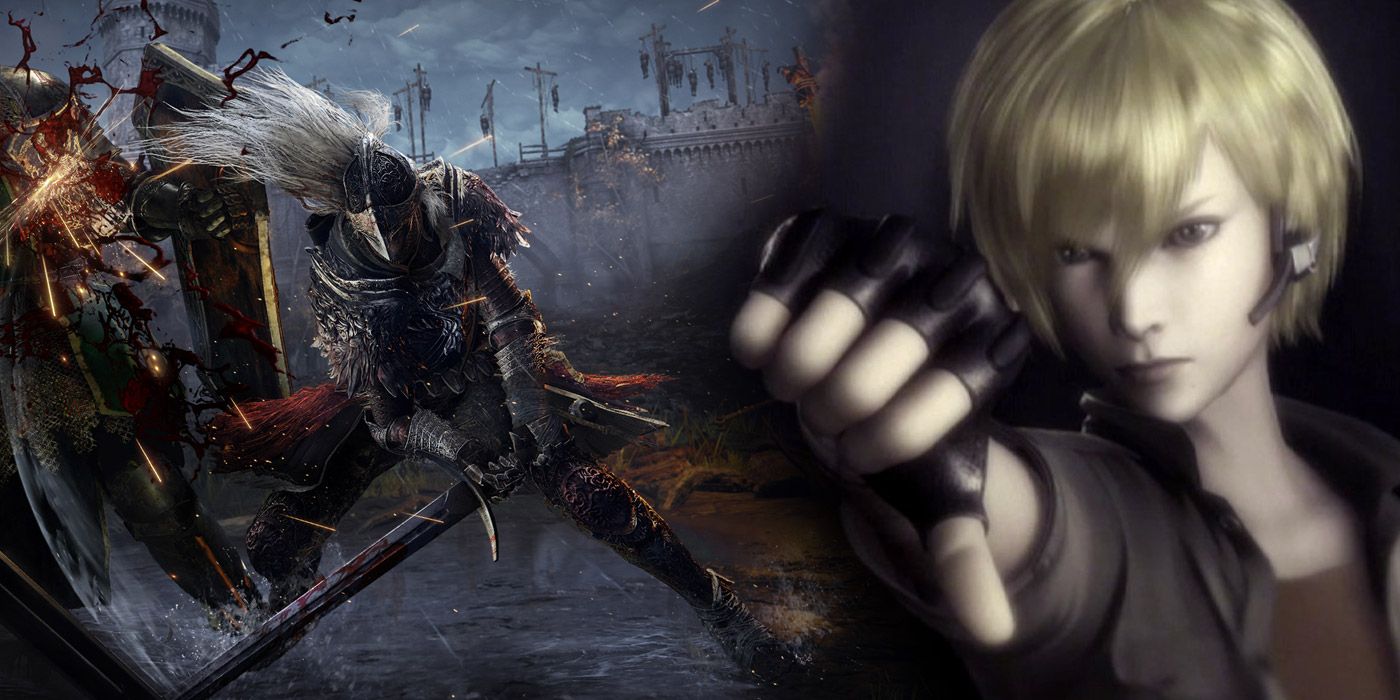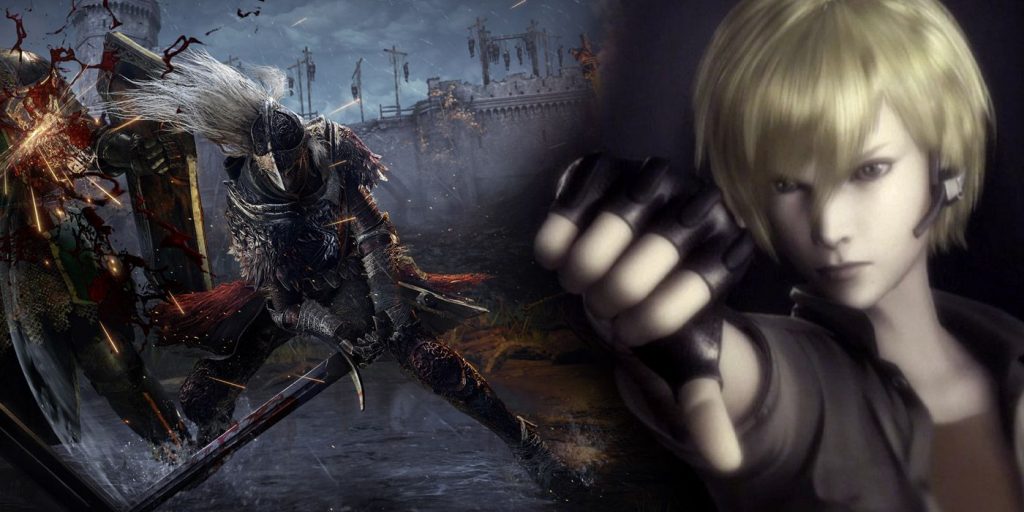
Elden Ring looks to be one of FromSoftware's most ambitious titles yet. Elements of all the previous Souls games seem to be present in Elden Ring's trailer, marking it as a kind of blend of the studio's previous efforts. Truly, it looks like a sublimation of the Soulsborne formula for the next generation. Of course, this is not an easy task. Developing the franchise past the main series conclusion of Dark Souls 3, and formula remix of Bloodborne, is certainly a tall order. Many games have tried to reimagine entire franchises for new generations before. Unfortunately for Elden Ring, some of the precedent set by these undoubtedly ambitious titles is not entirely positive.
A fantastic example of this type of reimagining gone wrong is Metroid: Other M. Although Elden Ring looked great in its trailer, the same could have been said of Other M before it launched. Metroid: Other M was advertised as an entirely new take on the series for the Nintendo Wii, building on the massive success of the Metroid Prime series. In doing so, the game married 2D action platformer elements of the classic games with the updated graphics and first person components of Prime. However, it made some massive mistakes in doing so — and Elden Ring should pay attention to exactly what went wrong.
RELATED: Metroid Dread Could Be Setting Up the Best Years of the Franchise
Ambition can be the core component of many great games. Some creators, like the Atrio: The Dark Wild developers, iterated on a gap in the market in a really exciting way. Others, like Dark Souls creator Hidetaka Miyazaki, wanted to recreate the feeling of mystery imparted by fantasy storybooks in an unknown language. For Yoshio Sakamoto, the director/producer/writer of Other M (and designer on the original Metroid games), it was about really shaking up the Metroid formula.
In a GameSpot interview at the time, Sakamoto stated that he and Team Ninja (of Ninja Gaiden fame) were confident that Other M was "going to present something new to the audience." He wasn't wrong.
In order to make the game as accessible to a wide demographic as possible, the team made the bizarre decision to map the entire control scheme onto the iconic WiiMote, without using the nunchuck at all. This was fine for the 2.5D platformer sections of the game, however, the game also incorporated FPS elements and first person point-and-click sections. This marrying of classic Metroid and Prime was cool in in theory, but unfortunately, the constant switching of the WiiMote's position made it feel immensely clunky.
Sakamoto's biggest concern with the game was "over the Metroid fans having their own understanding of the characteristics and nature of Samus Aran." While the mechanics of Other M were certainly clunky, it was its controversial story that really upset fans. The game finally gave Samus a voice, and expanded backstory. It also incorporated a cast of characters that had appeared throughout the series' lore, with each of them having voice actors. It did not help the game that the story itself was incredibly complex and lacking in nuance.
The Dark Souls series' trajectory is certainly distinct from Metroid's. However, FromSoftware has certainly made the occasional misstep before with its central franchises. Despite the swathes of fans returning to Dark Souls 2 every year, it still stood as one of the more unpopular Souls titles. This was largely due to the game making some huge changes in the formula established in the original game, both mechanically and narratively, and not entirely pulling them off.
For example, Dark Souls 2's lighting system appeared a lot in the game's marketing. When it released in 2014, it looked incredibly different from the 2013 E3 trailers featuring this lighting system. Rather than the sharp contrasts and encroaching darkness of the trailers, the game's visuals were much muddier. This left a lot to be desired for fans, alongside some other unpopular mechanical shifts. It is a chief example of FromSoftware getting a touch too ambitious, and it backfired quite a lot for the game.
RELATED: Elden Ring Could Be What Dark Souls 2 Couldn't
Several factors that impacted Metroid: Other M's reception at launch could affect Elden Ring as well if FromSoftware is not careful. In the Elden Ring E3 trailer, a huge variety of gameplay options were on display. Players could adopt the Souls-style combat tradition if they wanted. Alternatively, the game seems to offer Bloodborne or Sekiro-esque agility, hinting at the build diversity of Dark Souls 2. That's without even mentioning the potential for horse combat of Elden Ring, or the massive horse leaps possible in-game. While this was impressive, if FromSoftware do not establish a focus in the game, it risks becoming mechanically confused like Other M.
There are a fair few lessons to learn from Other M. Firstly, Elden Ring's mechanics need to be consistent. While Other M certainly innovated with its use of the Wii Remote, it also proved that innovation is not necessarily positive. Elden Ring might want to advance the Soulsborne formula dramatically, and that could be fantastic, but it needs to make sure it does not alienate its fanbase in how it switches up its mechanics.
Secondly, if the game adds a more direct story than previous Souls games, it needs to be done carefully. The story in Dark Souls is purposefully obscure, and if Elden Ring wants to make it more explicit, then it needs to be balanced carefully. A more involved story could certainly onboard more players. However, like with Other M, it could also put off masses of fans if done poorly. Ultimately, Elden Ring carries a lot of prestige with it thanks to its developers. If it wants to succeed, it cannot throw that away purely for innovation's sake.
Elden Ring will release on 21 January 2022 for PC, PlayStation 4, PlayStation 5, Xbox One, Xbox Series X and Series S.
